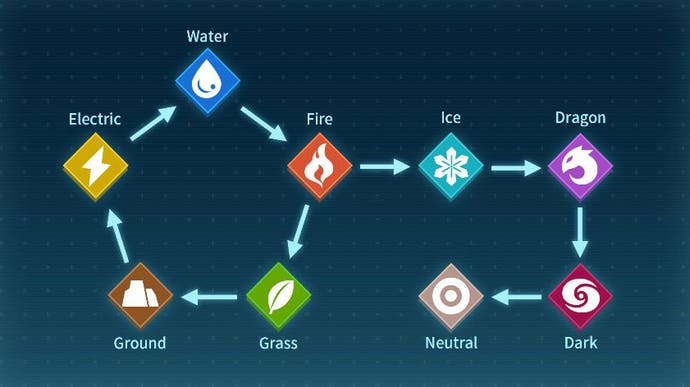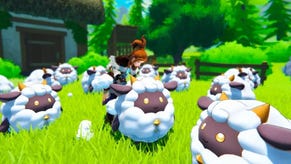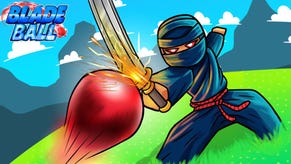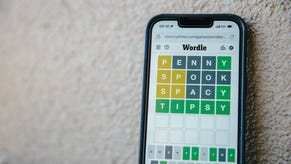Palworld Type chart and Element weaknesses
The strengths and weaknesses for every Palworld type.
Knowing the Palworld Type chart is essential for defeating opponents, because it teaches you how to take advantage of each type's strengths and how to avoid their weaknesses.
Every Pal has at least one type, referred to as Elements in Palworld, so, if you want a strong team, you need to capture Pals from each of the nine Elements. Through this, you'll be able to create an adaptable team, which can easily take advantage of your enemy's weaknesses.
To help you in this quest, we've placed the Palworld Type chart below and included a list of all the strengths and weaknesses for every Element.
Palworld Type chart
There are nine types in Palworld and, below, you'll find the Palworld Type chart (or Element chart if you want to follow the game's terminology), with the arrows portraying the advantages and disadvantages for each type:

For those who'd prefer the information above written out, there's the Palworld type chart organised in a table:
| Type | Strengths | Weaknesses |
|---|---|---|
| Dark | Neutral | Dragon |
| Dragon | Dark | Ice |
| Electric | Water | Ground |
| Fire | Grass and Ice | Water |
| Grass | Ground | Fire |
| Ground | Electric | Grass |
| Ice | Dragon | Fire |
| Neutral | None | Dark |
| Water | Fire | Electric |
As you see, most types have one advantage, where it will cause more damage, and one disadvantage, where it will cause less. An example of this is how Water-types will cause more damage to Fire-types, but less to Grass. If you're a Pokémon fan then the majority of these strengths and weaknesses will already be well known to you as Palworld follows a very similar type structure to that franchise, like Ice-types having an advantage over Dragon-types.
There are, however, a number of notable differences, with a central one being that Fire-types have two advantages - Grass and Ice - and are only weak to Water-types. Neutral also has no advantages at all, but is weak to Dark-type attacks.
When fighting enemy Pals, it's important to make sure the type of Pal you're using matches the weakness of your foe, so, if you're battling a Water Pal, use an Electric-type. For this reason, it's a good idea to build a diverse team, covering as many of the types as possible, so you're always ready to adapt when necessary. Keep in mind that some Pals are double types and, while that increases their advantages, it also affects which types they're weak to.

You may also want to have a number of back-up Pals trained and ready to go in your Pal Box if you encounter a foe using a type whose weakness you don't readily keep in your team.
A Pal's type is displayed to the left-hand side of their name in the overworld. It can also be found in the Paldeck and on the specific page for each Pal. We've made this easy for you with our Paldeck list, which lists each Pal and their type.


(Keep in mind that your character is also susceptible to Pal attacks. We don't know what type humans are though...)
Hope you're enjoying Palworld, and if you need any extra help, don't forget to check-out our guides for farming Ore, farming Suplhur and finding the best flying mounts.







.jpg?width=291&height=164&fit=crop&quality=80&format=jpg&auto=webp)








